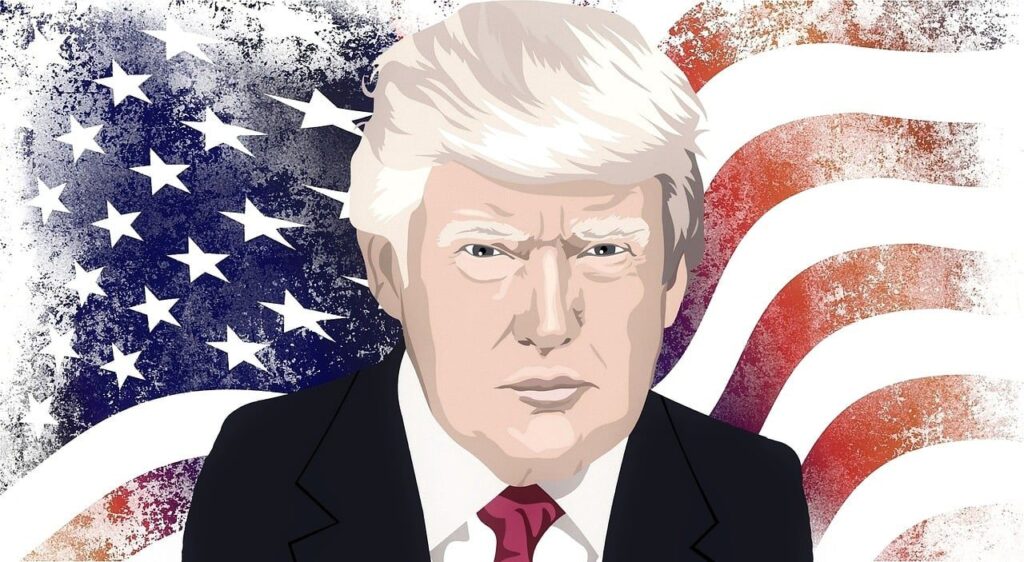In this edition, Christopher Jensen from Franklin Templeton dispels prevalent misconceptions surrounding cryptocurrency investments in a thought-provoking myth-busting article. Additionally, Pablo Larguia from SenseiNode provides insights into staking rewards in our “Ask an Expert” segment.
Welcome to Crypto for Advisors, CoinDesk’s weekly newsletter designed to demystify digital assets for financial advisors. Subscribe here to receive it every Thursday.
Understanding the Myths: 3 Common Misconceptions About Crypto Investing
Despite being around for over a decade, cryptocurrencies remain shrouded in misunderstanding within the investment community. This article aims to clear the air by debunking some of the most significant myths regarding crypto, enabling you to better evaluate its opportunities and risks.
Myth #1: “Investing in Crypto is Too Complicated”
The intricate world of digital wallets, private keys, and unregulated exchanges has led many traditional investors to shy away from crypto. However, the introduction of crypto exchange-traded products (ETPs) in 2024 has transformed the landscape, providing a user-friendly way to invest in digital assets.
Crypto ETPs allow investors to buy Bitcoin and Ethereum through their regular brokerage accounts, similar to purchasing stocks. This development simplifies the investment process by eliminating the need to navigate crypto wallets and exchanges, making digital assets more accessible to a broader audience. Furthermore, these ETPs are regulated financial products, offering an added layer of security. While the adage “Not your keys, not your crypto” holds some truth, the rise of ETPs demonstrates that self-custody isn’t the only viable route to gain exposure to cryptocurrencies.
Myth #2: “It’s Too Late to Invest in Bitcoin”
Many believe that the opportunity to invest in Bitcoin has passed due to its substantial price appreciation. However, this perception is flawed. Bitcoin is still in the nascent stages of institutional and mainstream adoption, presenting significant growth potential.
With a market capitalization of approximately $1.7 trillion, Bitcoin represents less than 9% of gold’s market cap, which stands around $19.4 trillion. This discrepancy indicates the vast potential for Bitcoin to expand as a store of value or medium of exchange. Additionally, Bitcoin’s capped supply of 21 million coins contributes to its scarcity, with 94% already mined and a notable portion potentially lost forever.
The launch of Bitcoin ETPs over the past year has set records, accumulating over $35 billion in inflows—marking the fastest-growing ETP launch in history. These products facilitate both institutional and retail access to Bitcoin, driving mainstream acceptance.
Recent political changes in the U.S. have also fostered a more favorable regulatory environment for digital assets. The administration has initiated plans for a crypto strategic reserve encompassing major coins like Bitcoin, Ethereum, Ripple, Solana, and Cardano. Furthermore, numerous U.S. states are exploring Bitcoin reserve legislation, highlighting Bitcoin’s increasing recognition as a legitimate financial asset.
Myth #3: “Investing in Crypto is Risky and Unregulated”
While it’s true that investing in cryptocurrencies carries risks, it’s crucial to recognize the evolving regulatory landscape. The recent repeal of SAB 121 has removed significant barriers to crypto adoption, allowing banks to custody Bitcoin and other digital assets more easily. This change could unlock substantial institutional demand, further integrating Bitcoin into the traditional financial system.
Investors should be aware that all investments involve risks, including potential loss of principal. The volatility associated with cryptocurrencies can lead to significant fluctuations in value. However, understanding the underlying dynamics and market trends can help mitigate these risks.
Ask an Expert: Understanding Staking Rewards
Q: Why are staking rewards often seen as a type of investment?
A: Staking is often perceived as a form of passive income, with returns expressed in Annual Percentage Yield (APY). However, it’s important to note that these rewards stem from revenue generated by performing essential security tasks on the network rather than traditional interest.
Q: Why is staking considered a security function rather than an investment?
A: The U.K. Treasury recently clarified that staking is not an investment scheme but a vital security and cryptographic service for validating transactions on Proof-of-Stake (PoS) blockchains. Participants secure decentralized networks and earn rewards for their contributions. Mechanisms like EIP-2917 define validator rewards, ensuring transparency.
Although staking rewards can offer predictable returns, they fluctuate based on validator performance and network conditions. Recognizing staking’s role in enhancing blockchain security helps establish a policy framework that aligns with its true purpose.
Stay Informed
– President Trump is set to host the first U.S. digital asset summit on March 7.
– Texas and Arizona have recently approved Bitcoin Reserve Bills in their respective state senates.
– The SEC has dropped another lawsuit against crypto exchange Kraken this week.
Stay tuned for more insights and updates in the ever-evolving world of cryptocurrency!



